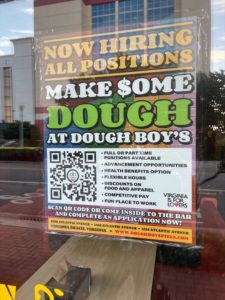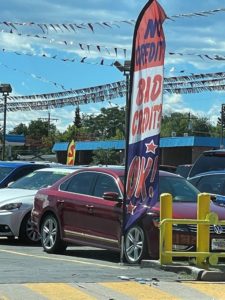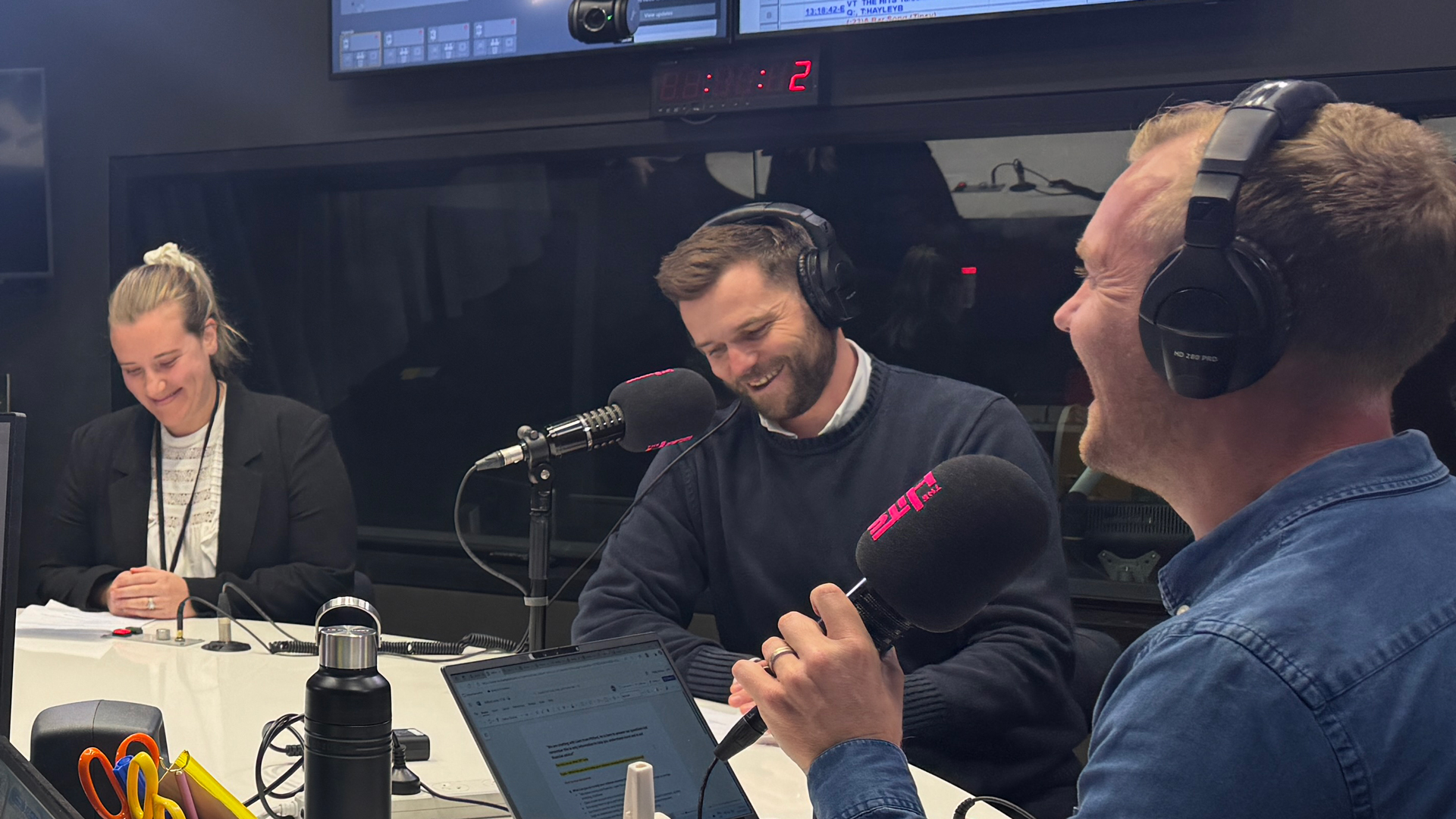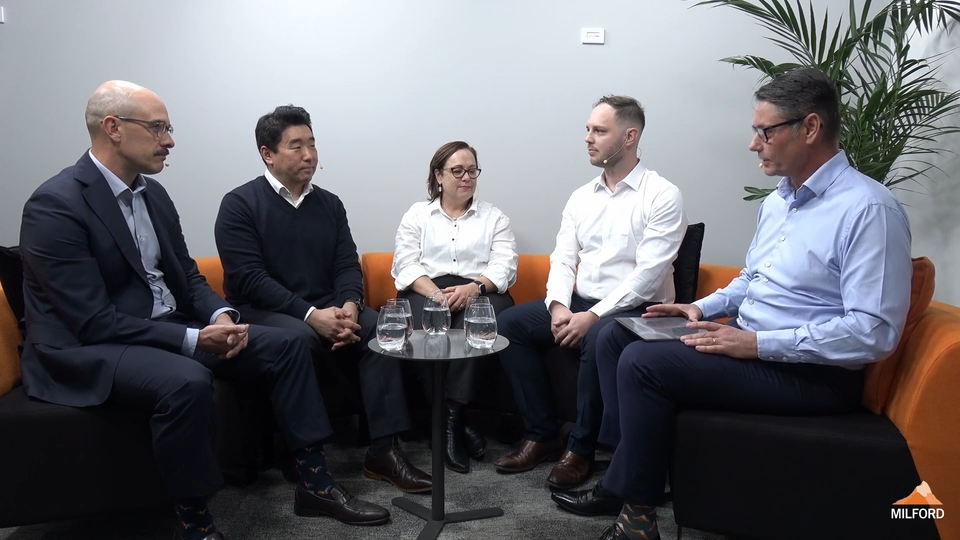One of our fundamental beliefs at Milford is coupling our top-down macro view with on the ground bottom-up research. It’s an investment philosophy which over time has generated market leading risk adjusted returns in both up and down markets. It’s this reason why I was thrilled to be boarding QF11 bound for New York a fortnight ago for a trip across five states in seven days. The plan of attack was ambitious. Spend a few nights in New York jumping between company visits and some relevant global healthcare and diversified financial conferences before skipping over to Virginia, Atlanta and Denver for more of the same.
While the ability to conduct back-to-back zoom meetings has created some efficiencies in nurturing existing company relationships, it has no doubt added friction in establishing new ones. One thing I’ve learnt in nearly 13 years in small caps is the importance of face-to-face meetings. Not only are there tangible insights gained from better understanding the business and revenue model, industry dynamics and growth drivers which are all critical in our investment process, it’s sometimes the intangibles which are equally informative. How rundown are the warehouses, how do executives interact with colleagues, what motivates them or something as unsophisticated as… how flash are the cars in the staff car park?!
Below are three themes gained from my company visits including some general observations from the Land of Chick-Fill-A (couldn’t do it!):
I thought the labour market was tight in Australia, but it was nothing on the US
Even Taco bell deliveries have stickers pleading for applicants. This is in addition to regular ‘Now Hiring’ signs posted across retail stores screaming for workers. My Uber driver had just resigned from his full-time job driving light commercial in Atlanta in the prior week. “I could get another job within the week if I wanted, probably for more money.”


A sea of empty desks in every office visited highlighting power firmly in the hands of employees
In contrast to Sydney city’s workplace resurgence, I was surprised to see an ingrained preference to Work From Home (WFH). This feels far more entrenched than in Australia. A software business in Virginia was now completely remote (but still renting a floor of office space for now) with only 60% of staff actually living in the same state. The norm on average felt like 1-2 days a week across maybe 15+ companies visited.
The difference in WFH preference begs the question, why is the US different to other regions? I suspect it’s because they have the tightest employment market globally. They have just gone through the most incredible economic boom post covid, far more intense than any other country. The power balance is well and truly in the hands of the workers. After an arduous two years with Covid, i) there’s been a reduction in the ability for corporates to cultivate a positive culture, and ii) how do corporates offer development and personal growth for the next level of talent, when senior leaders and potential mentors are all working from home? . It’s not surprising workers are prioritising convenience over all else!
I’m personally of the view that as the US recalibrates to a more “normal” employment environment, one that is not so tight, an equilibrium will return.

Tail end of a spending boom
While in Denver and Atlanta I UBER’d to a few neighbourhoods on the outskirts of town to get a pulse of what’s happening on the ground. The retail destinations operate at the very sharp end of the consumer discretionary market. Typically, the leading indicators to any economy: used car dealers, performance motor bike retailers and a Recreational Vehicle (RV) dealer.
All dealers had something in common, an astonishing period of profit growth over 2020/21 and early 2022. Profits in the motorbike businesses were ‘incredible’, with profit ranging between 100-300% ahead of pre-covid levels. Interestingly the most in demand products has unusually not been road bikes, but Honda dirt bikes (US$10,000) and Yamaha Waverunner jet skis (US$20,000). Demand has been so strong, that the store manager needed to retrain staff in order to stop discounting prices to secure a sale! While demand was still reasonable, ‘there’s been a few blips in the past month since rate rises’. Perhaps this is a sign of things to come? Interestingly, new RV demand has already started to stall rapidly over the past two months with used vehicle lots struggling to move stock.


–Incredibly busy airports with full flights + pets on planes. Flights across the US were on time and efficient. I sat next to a German Shepherd with a muzzle on my flight from JFK to Norfolk, Virginia. The cat behind me was meowing in distress during take-off and landing.

–Payments were far more digitally enabled than my last visit in 2019. Very few occasions I needed cash. Even in NYC, it was paywave only on the subway.
–Chick-fil-A, as delivered, not sure where the top of the burger escaped too!

Travelling on the road seeing companies is always invaluable, with some of the learnings only recognised in the years to come. Overall, the trip highlighted to me:
- The US consumer is resilient but having last drinks, with a likely hangover to come.
- The job market still tight, this will likely mean inflation is stubbornly high for the next couple of quarters until the labour market cools.
- Early signs that the labour market is cooling has begun with many companies starting to talk about ‘cost reduction initiatives’. Are they recalibrating for a new reality?
- Be cautious on office real estate. While many listed REIT valuations have adjusted lower, this could be far more painful for office rents than many realise.


